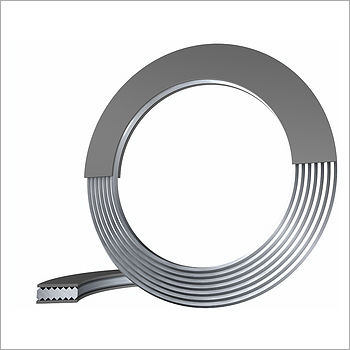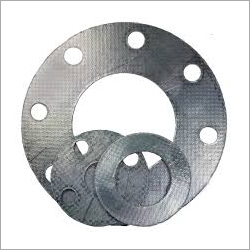
Asbestos Ropes
3000 INR/Kilograms
Product Details:
- Product Type Asbestos Rope
- Usage & Applications Insulation heat sealing fireproofing
- Water Absorption Low
- Material Asbestos
- Color White
- Temperature Resistance High
- Size Customizable
- Click to view more
X
Asbestos Ropes Price And Quantity
- 10 Kilograms
- 3000 INR/Kilograms
Asbestos Ropes Product Specifications
- High
- Heat resistance
- Asbestos fiber
- High
- Soft
- Low
- Braided
- Rope
- Customizable
- Customizable
- Low
- Insulation heat sealing fireproofing
- Asbestos Rope
- Customizable
- Customizable
- White
- High
- Asbestos
Asbestos Ropes Trade Information
- Vadodara,Gujarat
- Cash Advance (CA), Cash in Advance (CID), Cheque
- 100000 Kilograms Per Month
- 3 Days
- Yes
- Free samples are available
- Standard Packaging
- Asia, Australia, Central America, North America, South America, Eastern Europe, Western Europe, Middle East, Africa
- All India
Product Description
1. Base Material: Asbestos Fibers
- Chrysotile Asbestos:
- The primary type of asbestos used in ropes due to its flexibility, tensile strength, and resistance to heat and chemicals.
- Properties:
- High heat resistance (withstands temperatures up to 500C to 600C, depending on the grade).
- Non-flammable and chemically inert.
- Provides excellent thermal insulation.
2. Additional Materials
-
Reinforcements (Optional):
- May include materials like steel wire, copper wire, or other metallic filaments to enhance strength and wear resistance in industrial applications.
-
Binder or Lubricants (Optional):
- Sometimes impregnated with substances like graphite, oil, or PTFE to improve flexibility, reduce friction, and enhance chemical resistance.
3. Construction Types
- Twisted Rope:
- Made by twisting asbestos yarns together, creating a flexible and durable rope for general sealing and packing applications.
- Braided Rope:
- Manufactured by braiding asbestos yarns, offering superior strength and heat resistance compared to twisted rope.
- Square Rope:
- Produced in a square cross-section, used for applications requiring a snug fit in grooves or channels.
4. Size and Dimensions
- Available in various diameters (commonly 3 mm to 50 mm or more) and lengths to suit specific applications.
5. Common Applications
- Thermal Insulation:
- Used in furnaces, boilers, and heat exchangers to prevent heat loss.
- Sealing and Packing:
- Ideal for sealing flanges, valves, and other components in high-temperature systems.
- Gaskets:
- Cut and shaped for custom sealing applications.
- Protective Coverings:
- Wrapped around pipes and cables to provide heat and fire resistance.
Safety Note
- Asbestos is a hazardous material, and its use has been banned or restricted in many countries due to health risks associated with inhalation of asbestos fibers.
- Modern alternatives, such as ceramic fiber ropes, fiberglass ropes, or basalt fiber ropes, are now commonly used as replacements.
Tell us about your requirement

Price:
Quantity
Select Unit
- 50
- 100
- 200
- 250
- 500
- 1000+
Additional detail
Mobile number
Email



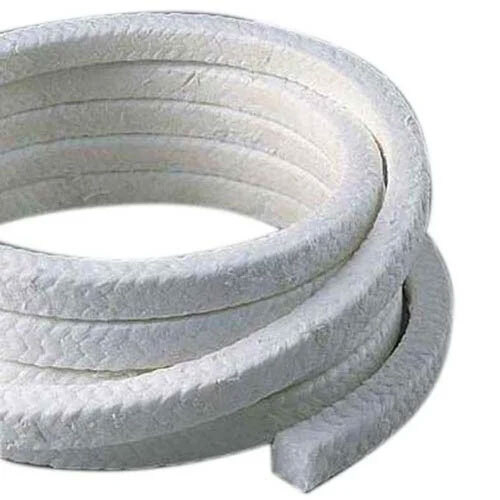
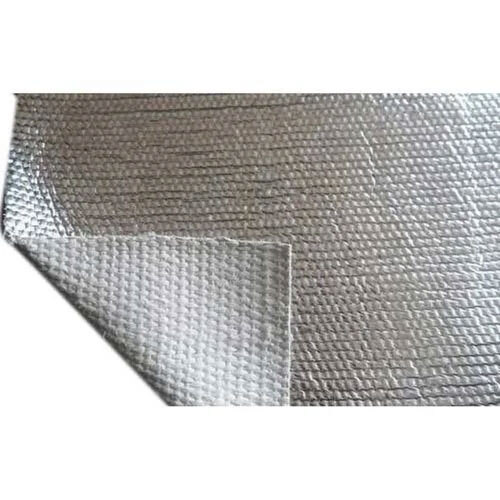
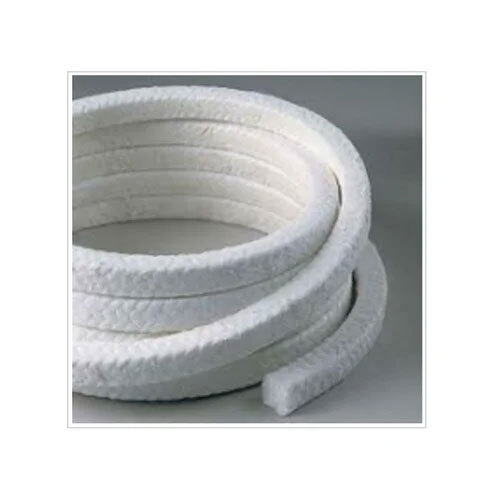



 Send SMS
Send SMS